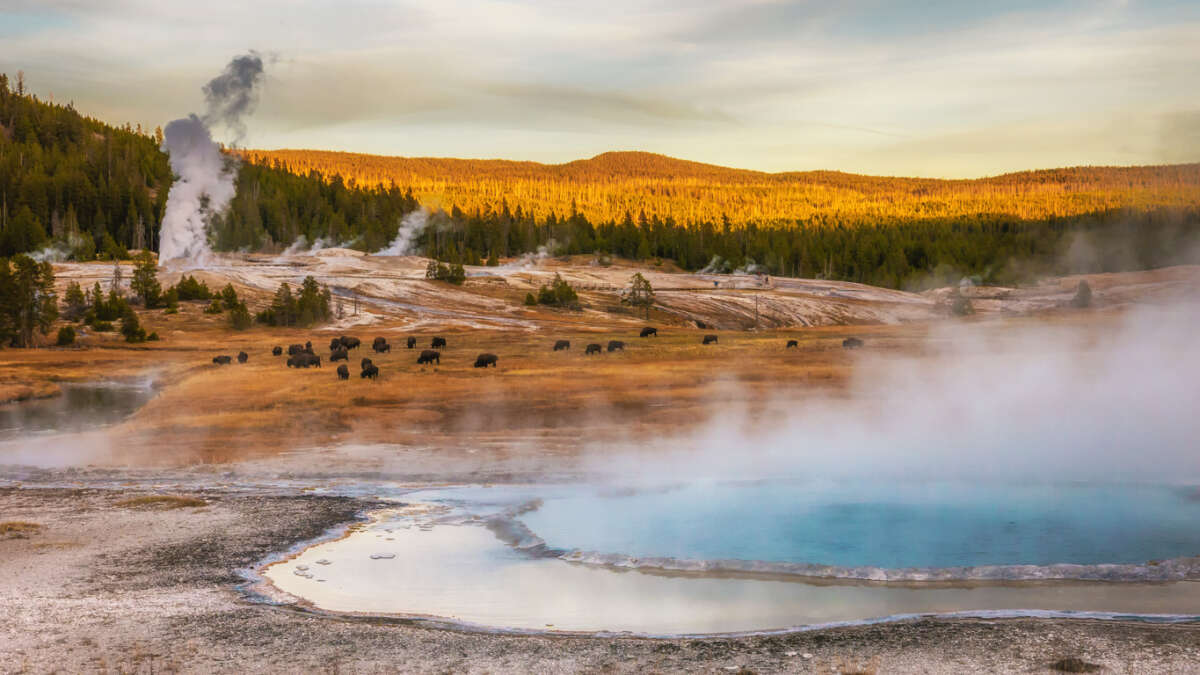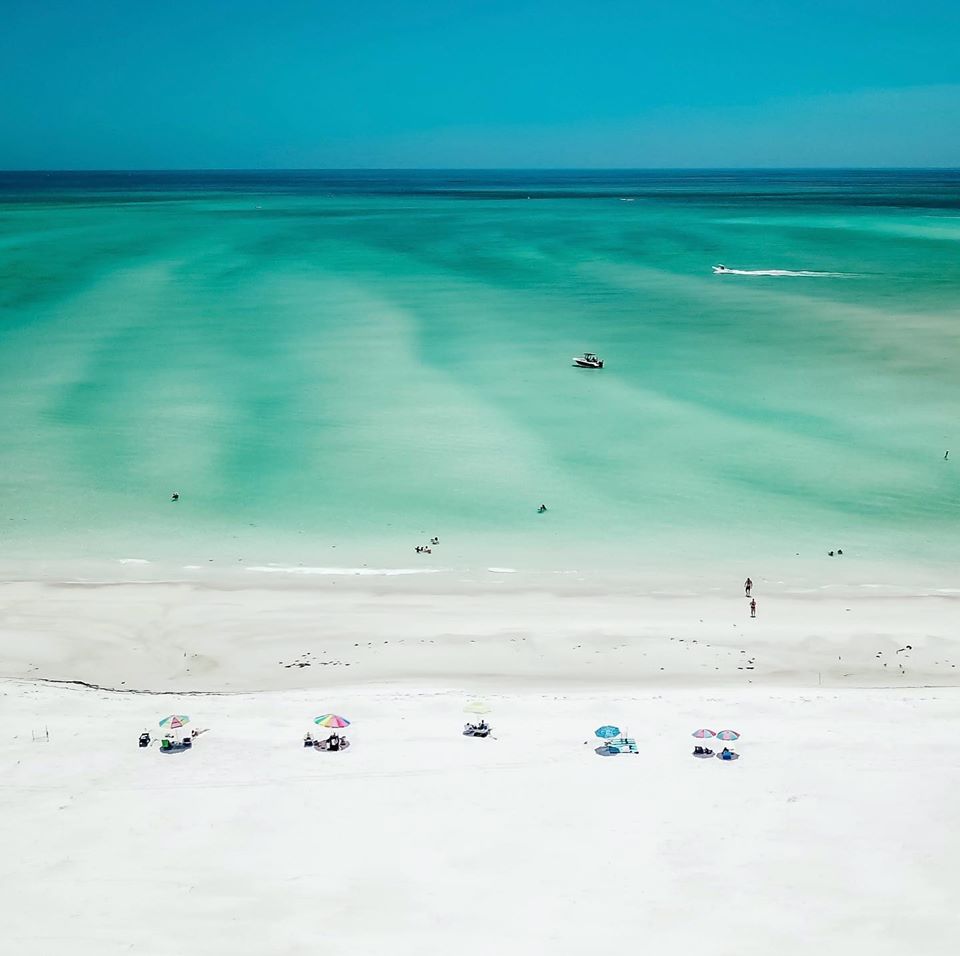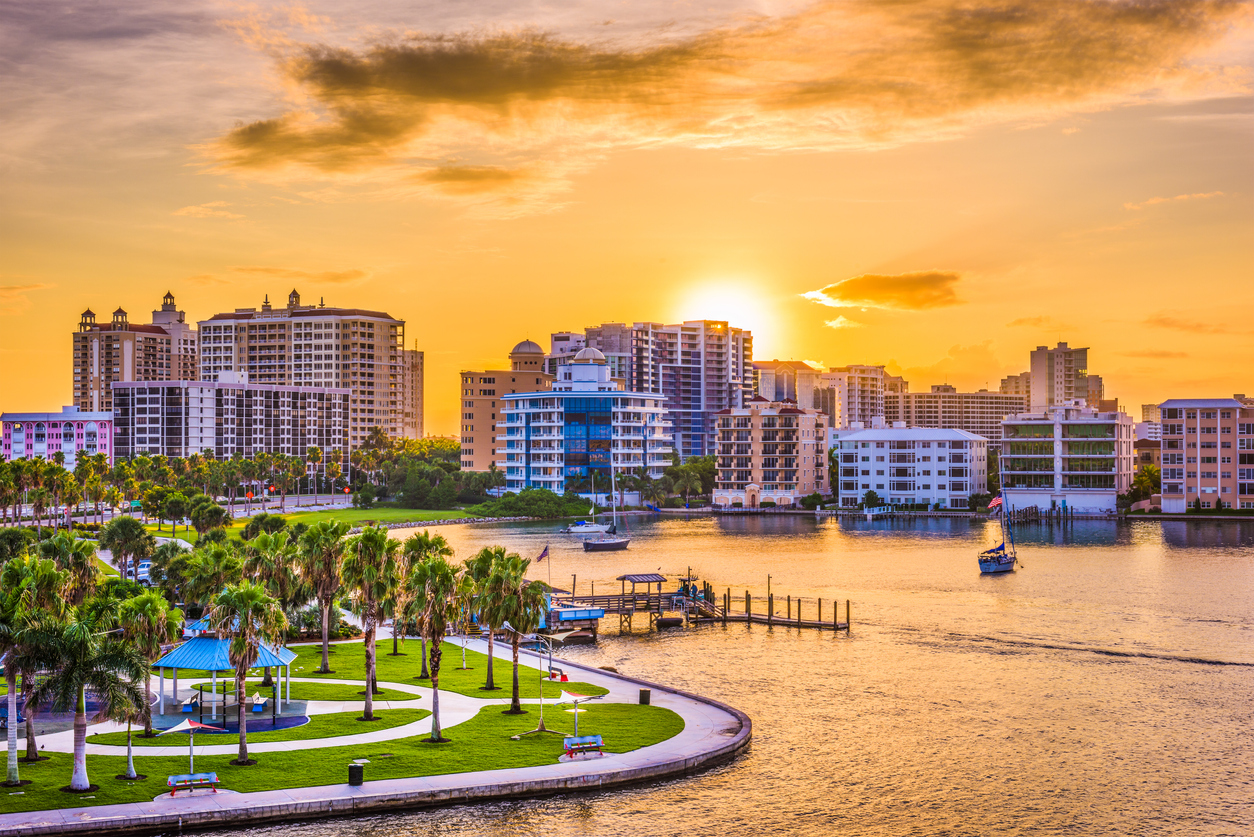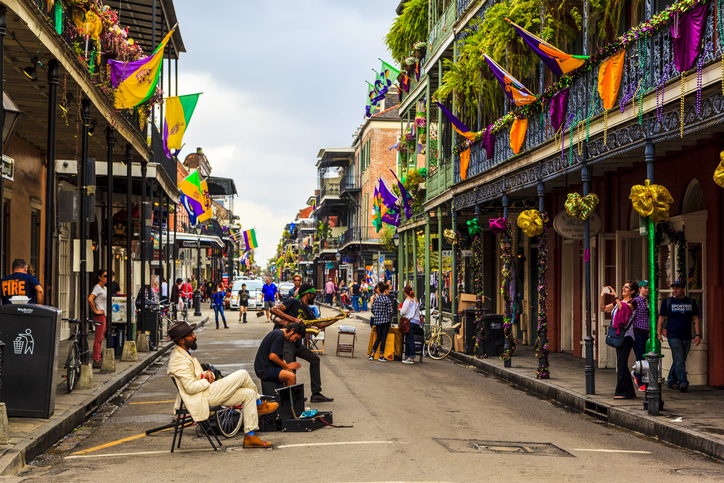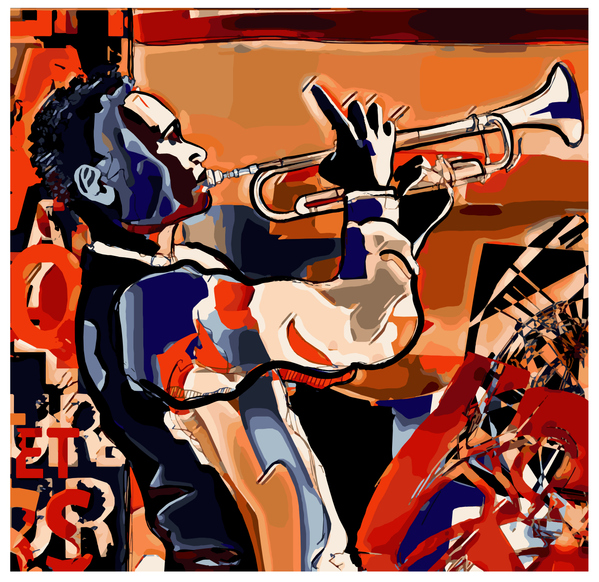Save on Fees and Experience Professional Service
NEW ORLEANS
IDEA DRIVEN VACATIONS
Search for Travel Guides, News, Events, Special Interests, and More!
-
Activities and Interests
Uncover fun activities and special interests for your upcoming trip
-
Event Travel
Plan your trip around concerts, festivals, and special events worth traveling for
-
Attractions
Explore top landmarks, scenic spots, and can't-miss local highlights
-
Travel Guides
Navigate each location like a local with our detailed travel guides
-
Travel News
Stay updated with the latest travel trends and vacation rental tips
-
Trip Ideas
Find inspiration for your next getaway with curated trip suggestions and themes
-
Travel Newsletter
Join our newsletter for exclusive travel insights, featured destinations, and trip planning tips
TRENDING
Explore Yellowstone National Park | Complete Travel Guide
by Alex Capozzolo
Beaches on Anna Maria Island Florida
Anna Maria Island Florida
Forks, Corks, & Kegs Food and Wine Festival
April -
Deadwood South Dakota
Things To Do in Sarasota Florida
Sarasota Florida
Travel Guide
St Augustine Distillery of Florida
St Augustine Florida
New Orleans Louisiana Travel Guide
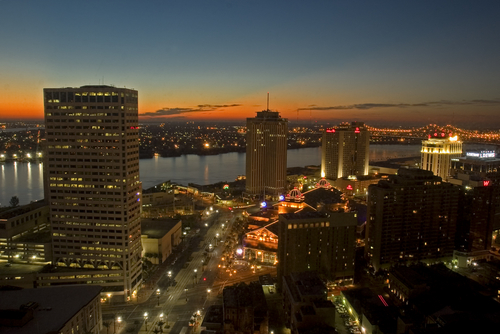
New Orleans Louisiana
The giant and historical Mississippi River empties into the luxurious Gulf of Mexico at New Orleans, the capital of Louisiana and of Dixieland jazz and known fo its wrought-iron architecture. If you head across the state line to Mississippi, you'll be sure to find miles of bucolic shoreline, including the world's longest man-made beach in Harrison County, Mississippi. It stretches for 26 soft, sandy eye-appealing miles and is protected by beautiful barrier islands, including Ship Island where good swimming conditions are complemented, from April through October, with interesting historic tours around Fort Massachusetts.
Things To Do in New Orleans Louisiana
Due to the city’s history of hurricanes and its miraculous ability to come back livelier than ever before each tragedy, the city has a new mission statement, “Soul Is Waterproof.” The city has a walkable historic center including Faubourg Marigny, The French Quarter, The Warehouse and Arts District, Magazine Street, the Garden District, Audubon Park, and Zoo and St. Charles Avenue. All of these things are once again flourishing and are welcoming visitors for another season of success. Whether your visit is for the jazz, the nightlife, the hopping happy scene, the food, the culture, or for that distinctive joie de vivre, it’s time to head back to Crescent City, New Orleans.
This welcoming city will always have the ability to provide what your visit requires. The accommodations are endless. On any given day, you will be able to easily find anything from hotels to lively rental vacation homes in the area. Come and visit this joyful city and get the “New Orleans experience” once and for all. You will find yourself craving the lively culture and environment and in turn re-visiting year after year.
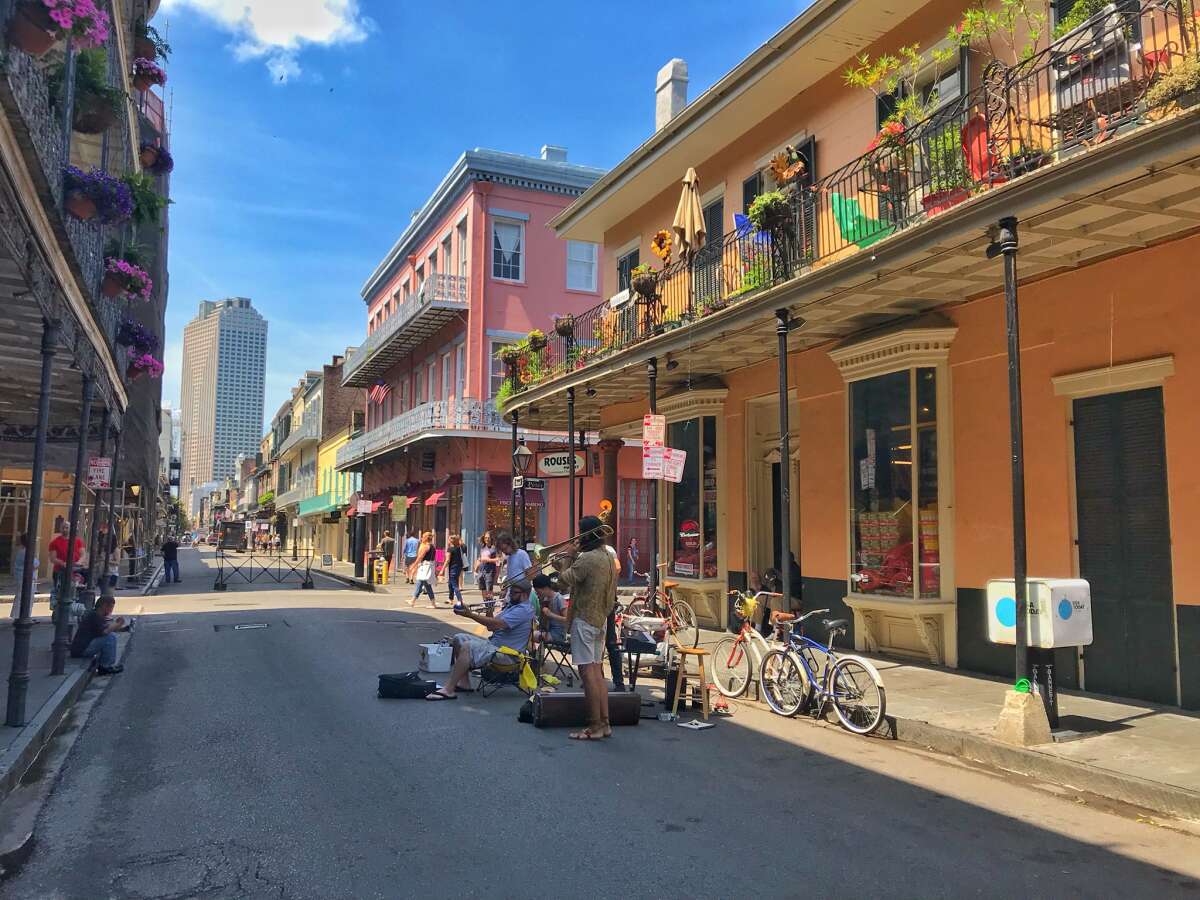
History of New Orleans
In 1718, the Frenchmen Sieur de Bienville came across an area near the juncture of the Mississippi River and central to the Gulf of Mexico. Because of the area’s location and the fact that it was five feet below sea level, Sieur de Bienville claimed this strategic port city for Phillippe, Duc d’Orleans, the Regent of the Kingdom of France from 1715 to 1723. When he found this new port city, he named loyally named the area after his French Ruler, and it was then called La Nouvelle Orleans. The city was centered around the Place d’Arms which was later known as and still is today, Jackson Square. Originally, the city was isolated to the area that we now call the French Quarter or Vieux Carre (Old Square). Eventually, the New Orleans territory was passed from generation to generation within the family o Phillippe, Duc d’Orleans.
The year 1762 would be the last year that Phillippe’s direct family would hold possession of this land. The reason why the land was lost is debated but scholars’ research leads them to believe that it was either because Louis XV lost a bet to his Spanish cousin or simply because the French royal coffers were exhausted. Regardless of the reasons leading to the result, the land of New Orleans was ceded to the rule of the Spanish king, King Charles the third. Although the Spanish rule would leave a timeless imprint on New Orleans, Spanish rule was relatively short lasting only until 1801. In 1788, the city was engulfed in flames, for exact reasons still unknown, in turn destroying over eight hundred buildings. A second fire in 1794 demolished another two hundred structures even as the city was recovering and making progress from the previous fire. The fires left French buildings to be very scarce across the city today, although it did leave the Old Ursuline Convent which is 1100 Chartres. Completed in 1752, it is believed to be the oldest building in all of the Mississippi River Valley. This means that most of the buildings in modern New Orlean today, are most likely of Spanish descent. In the year 1801, the entire state of Louisiana was ceded back to being French territory, being ruled by the famous French king, Napoleon Bonaparte.
Only two years later, once again being juggled between owners, Napoleon sold the territory to the United States in the Louisiana Purchase of 1803. The Louisiana Purchase nearly doubled the size of the United States Territory and was sold at a cost of fifteen million dollars, an extremely good deal for the United States considering that the Louisiana Territory consisted of 828,000 square miles only costing the United States less than forty-two cents per acre. This sale is still to this day considered to be one of the greatest real estate bargains in all of history.
Map of New Orleans Louisiana
Additional New Orleans Articles
Things To Do Greater New Orleans Louisiana
Greater New Orleans Louisiana
Travel Guide
New Orleans Jazz And Heritage Festival
April -
New Orleans Louisiana
Mardi Gras Fat Tuesday In New Orleans
February -
New Orleans Louisiana

